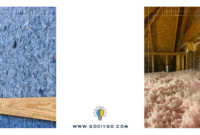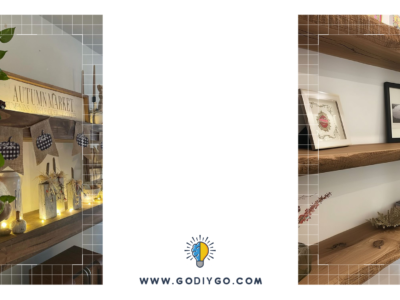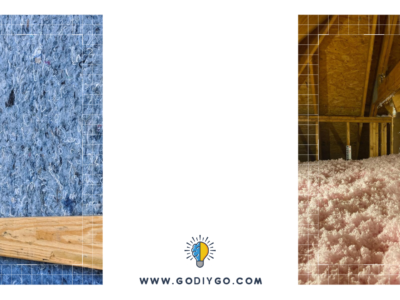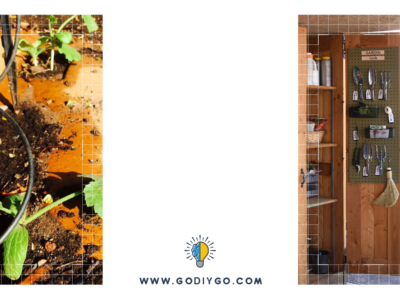Caring for indoor plants can be such a rewarding hobby, but it can sometimes get tricky, especially when it comes to knowing how to properly water them. Too little, and they might wilt. Too much, and their roots might rot. It sounds like a delicate balance—and it can be—but it doesn’t have to be stressful! Whether you’re a newbie to the world of houseplants or you’ve got a few green buddies that just aren’t thriving like you’d hoped, watering tips could make all the difference. So, let’s break it down in a way that makes it fun and simple to remember!
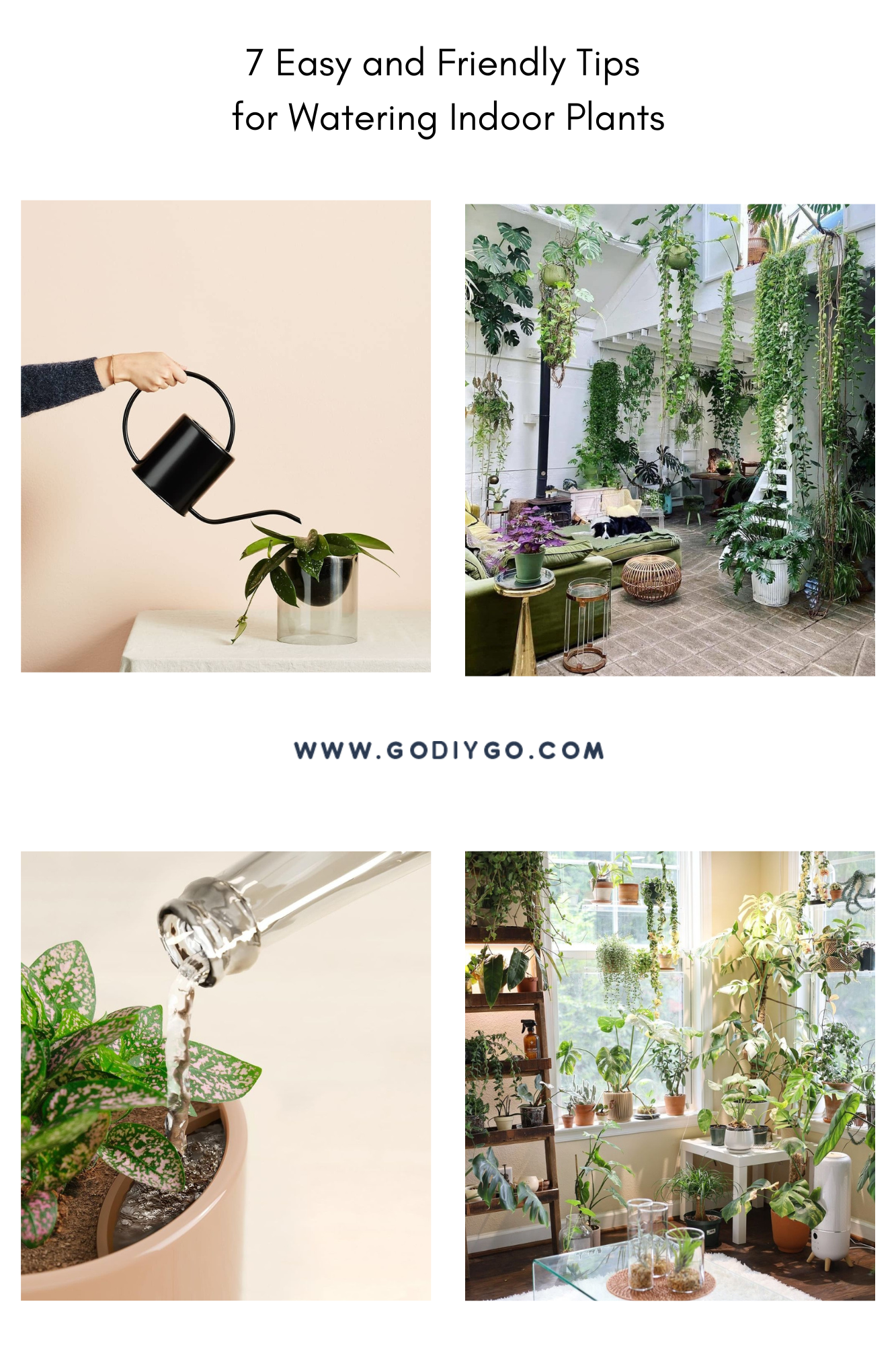
1. Know Your Plant’s Personality
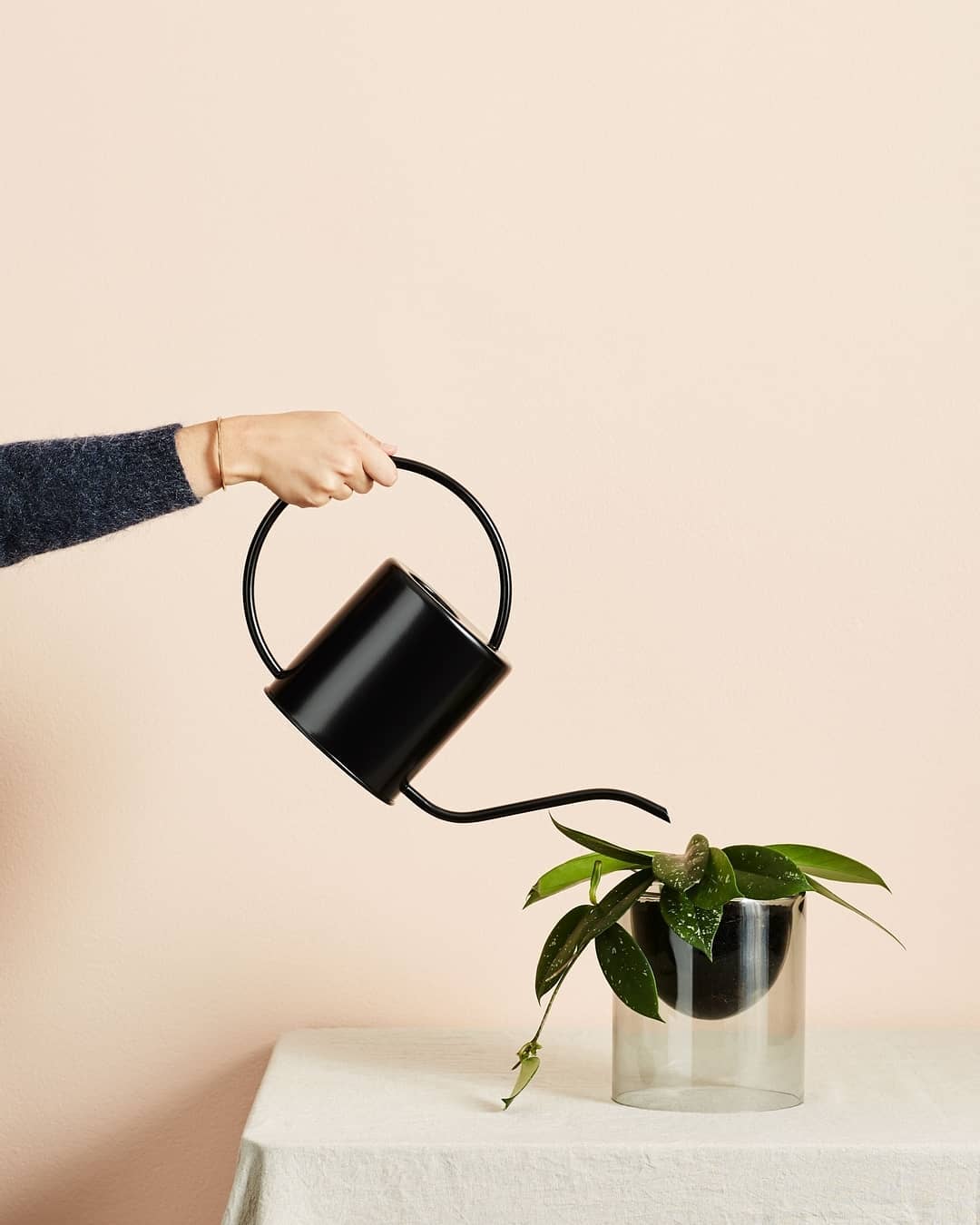
Understanding your plant’s personality is key to knowing when and how much to water for healthy growth. Plant care from @ ivymuse_melb
Indoor plants are like little individuals, each with its own personality. Some plants love being pampered with water, while others would rather be left alone to dry out a bit. Understanding what your plant needs is a great first step to watering it correctly.
Plants like succulents and cacti, for instance, are pretty much the “introverts” of the plant world. They don’t need much attention and prefer to be watered sparingly—usually once every couple of weeks. On the other hand, if you’ve got a tropical plant like a fern or a peace lily, you’re dealing with a real water lover. These guys thrive with more frequent watering, often needing it every few days or so. Just knowing what kind of plant you’re dealing with can be half the battle won!
If you’re not sure what type of plant you have, a quick Google search or checking out an app like Planta can help you identify it and offer some specific care tips.
2. Check the Soil Like a Pro
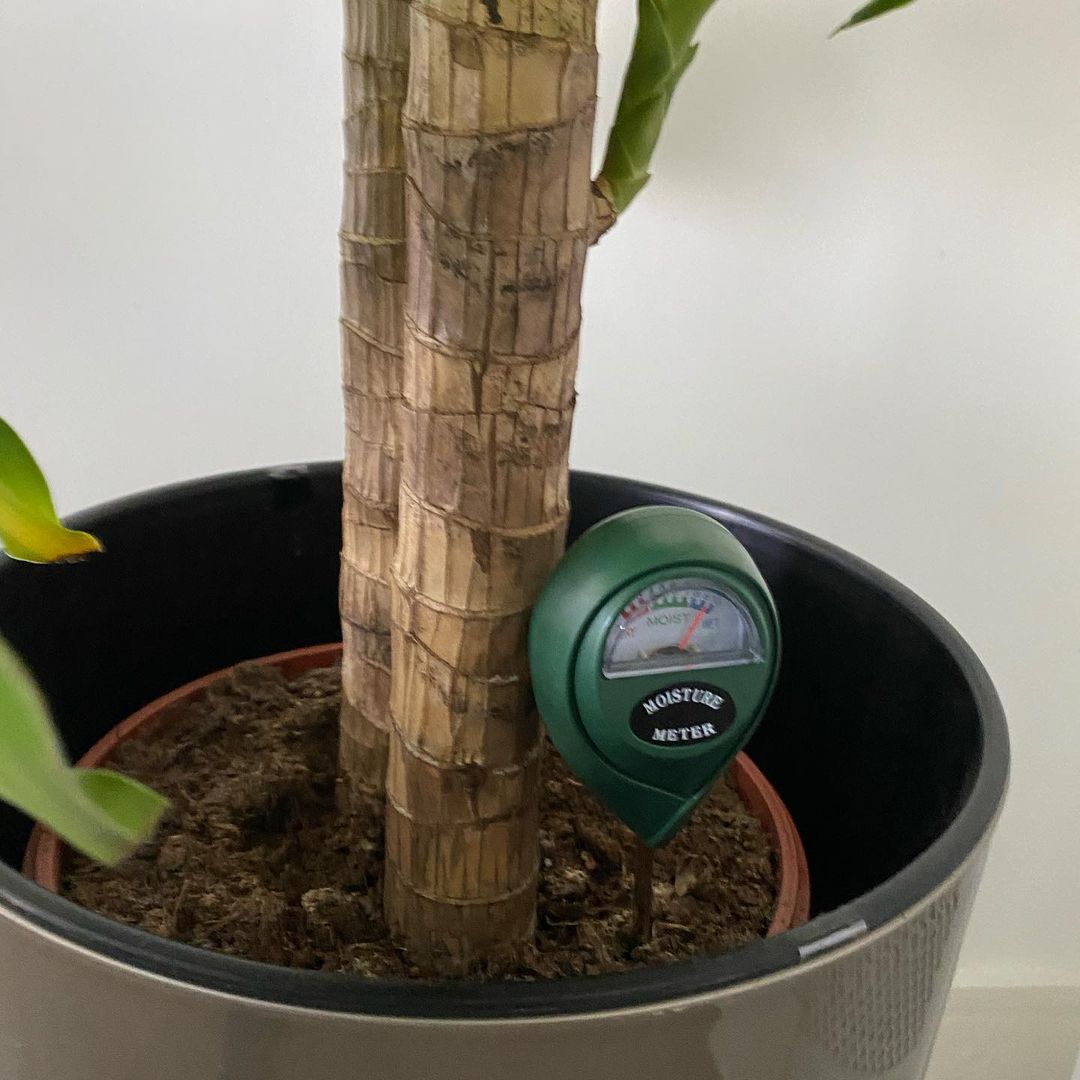
Become a pro at gauging soil moisture—knowing when to water ensures your plants stay healthy and happy. Moisture meter from @ pinayhomeschooler
Now, let’s talk about soil. Checking the soil is one of the easiest ways to figure out if your plant needs water, and you don’t need any fancy equipment to do it. The best tool for the job is actually your finger! Yep, just poke your finger into the soil about an inch deep. This method works wonders because it gives you a real-time update on what’s happening below the surface.
If the soil feels dry to the touch, it’s time to give your plant a drink. But if it’s still damp, hold off for a bit. Plants don’t like sitting in water for too long. Leaving the soil too wet for too long can lead to something called root rot. Picture roots sitting in water—they can’t “breathe,” and they start to break down, making your plant sick. It’s like letting your feet soak in a puddle for too long—not a good time!
3. Morning is the Best Time for a Drink
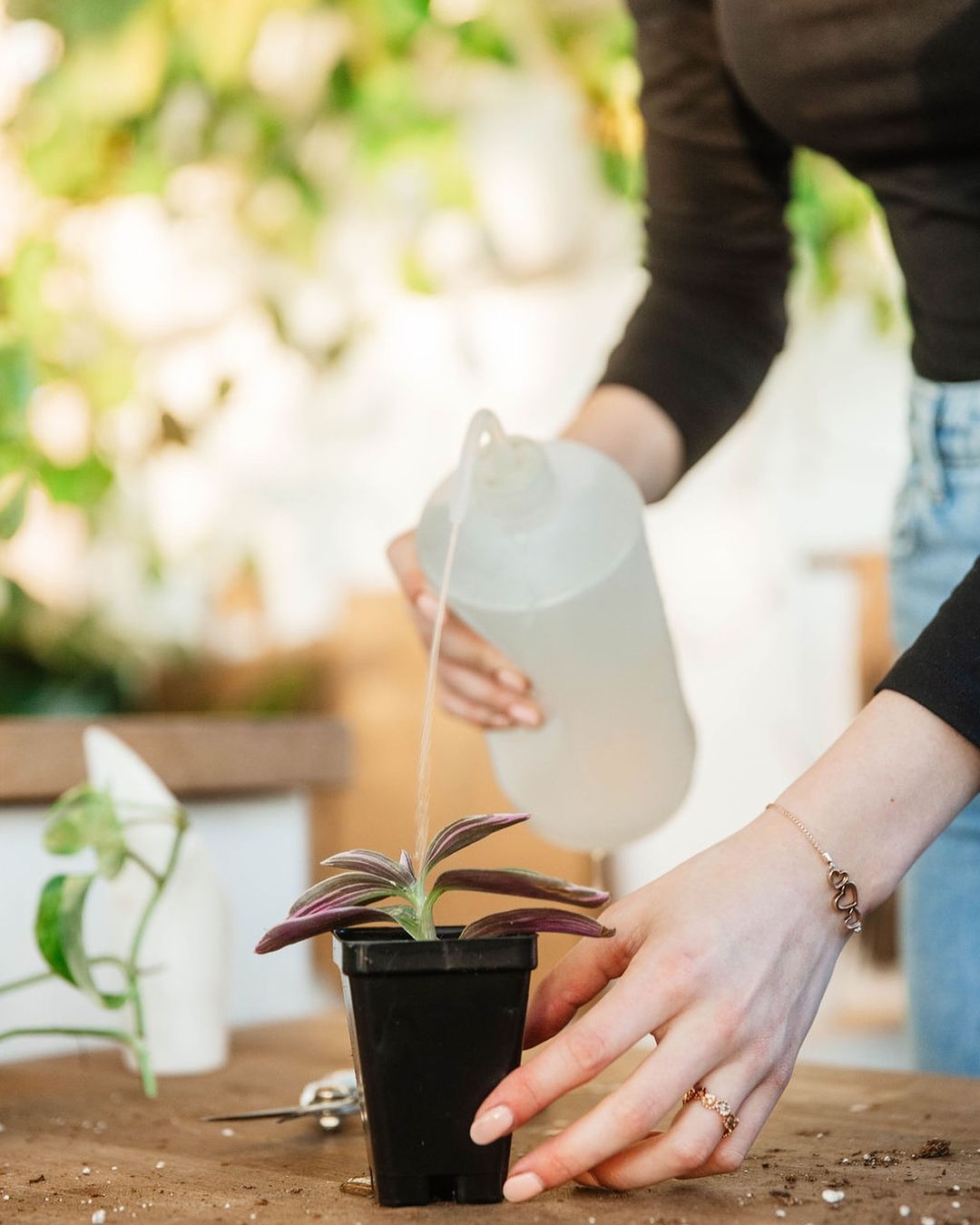
Water your plants in the morning for the best hydration—it’s when they absorb moisture most efficiently. Watering indoor plant from @ botanifulyeg
While it might be tempting to water your plants whenever it’s convenient, early morning is usually the best time to do it. Why? Well, in the morning, your plants have the whole day ahead of them to absorb the water and get the energy they need from sunlight. It also prevents the water from sitting around too long in cooler, darker conditions, which could lead to mold or mildew.
Watering in the evening isn’t the worst thing you can do, but it’s better to avoid it if possible. Plants, like us, have a rhythm, and just like we’re more active during the day, so are they. Watering them in the morning helps keep their natural processes flowing smoothly.
4. Watch Out for Overwatering
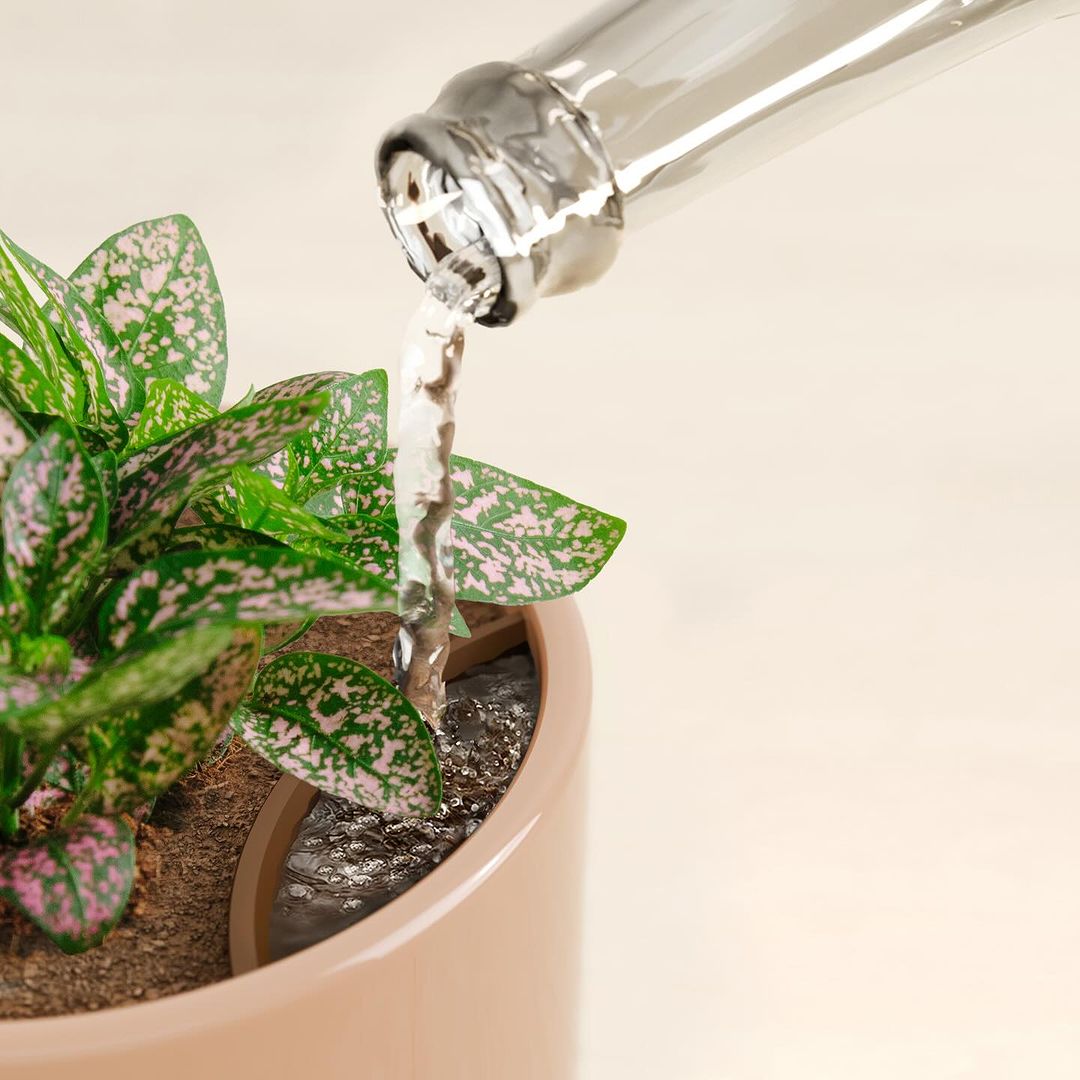
Be careful not to overwater—too much moisture can harm your plants just as much as too little. Watering plant from @ easyplant
This is where things can get a bit tricky, but stick with me! Overwatering is one of the most common mistakes plant parents make. It’s easy to think that more water equals a happier plant, but that’s not always the case. Some plants need time to dry out between waterings, while others might prefer consistently moist soil—but almost no indoor plants love soggy roots.
When you water your plant, aim to give it a nice, deep drink. Water until you start seeing it drip out of the drainage holes at the bottom of the pot. This ensures that water is reaching all parts of the roots and isn’t just staying at the surface. But don’t go too far—once the water starts dripping out, it’s time to stop.
One trick to avoid overwatering is to always check the soil first, as mentioned earlier. Some people also like to keep a watering schedule, but remember that environmental factors like humidity and temperature can change how often your plant needs water. It’s best to check each plant regularly rather than strictly sticking to a schedule.
5. Tap Water vs. Rainwater: What Should You Use?
For most houseplants, tap water is perfectly fine. However, there are a few things to keep in mind. If your tap water has a lot of chlorine, it’s best to let the water sit out for a few hours (or overnight) before using it on your plants. This allows the chlorine to evaporate and makes the water gentler on your plants.
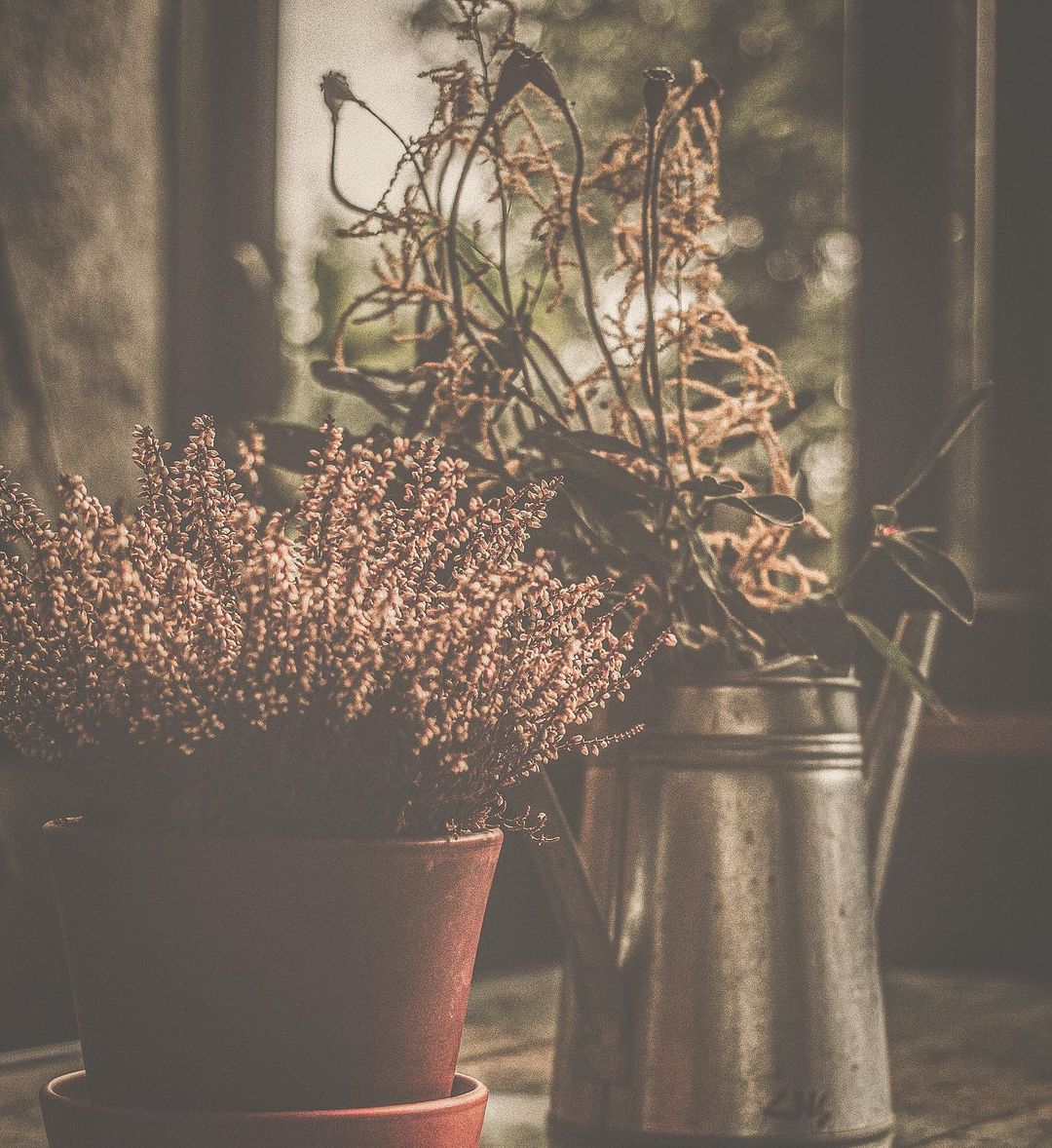
Rainwater is a natural, chemical-free boost for your plants, while tap water is convenient but may contain additives. Choose wisely to keep your green buddies happy! Plantation from @ ceciliamendoza.design
But if you want to take your plant care to the next level, consider collecting rainwater or using distilled water for your more delicate plants. Rainwater is like a natural treat for houseplants because it doesn’t contain the chemicals sometimes found in tap water. It’s also naturally soft, which some plants really love.
If you live in an area where it rains often, placing a bucket outside can help you collect fresh rainwater to use for watering. It’s eco-friendly, and your plants will love you for it!
6. Humidity is a Plant’s Best Friend
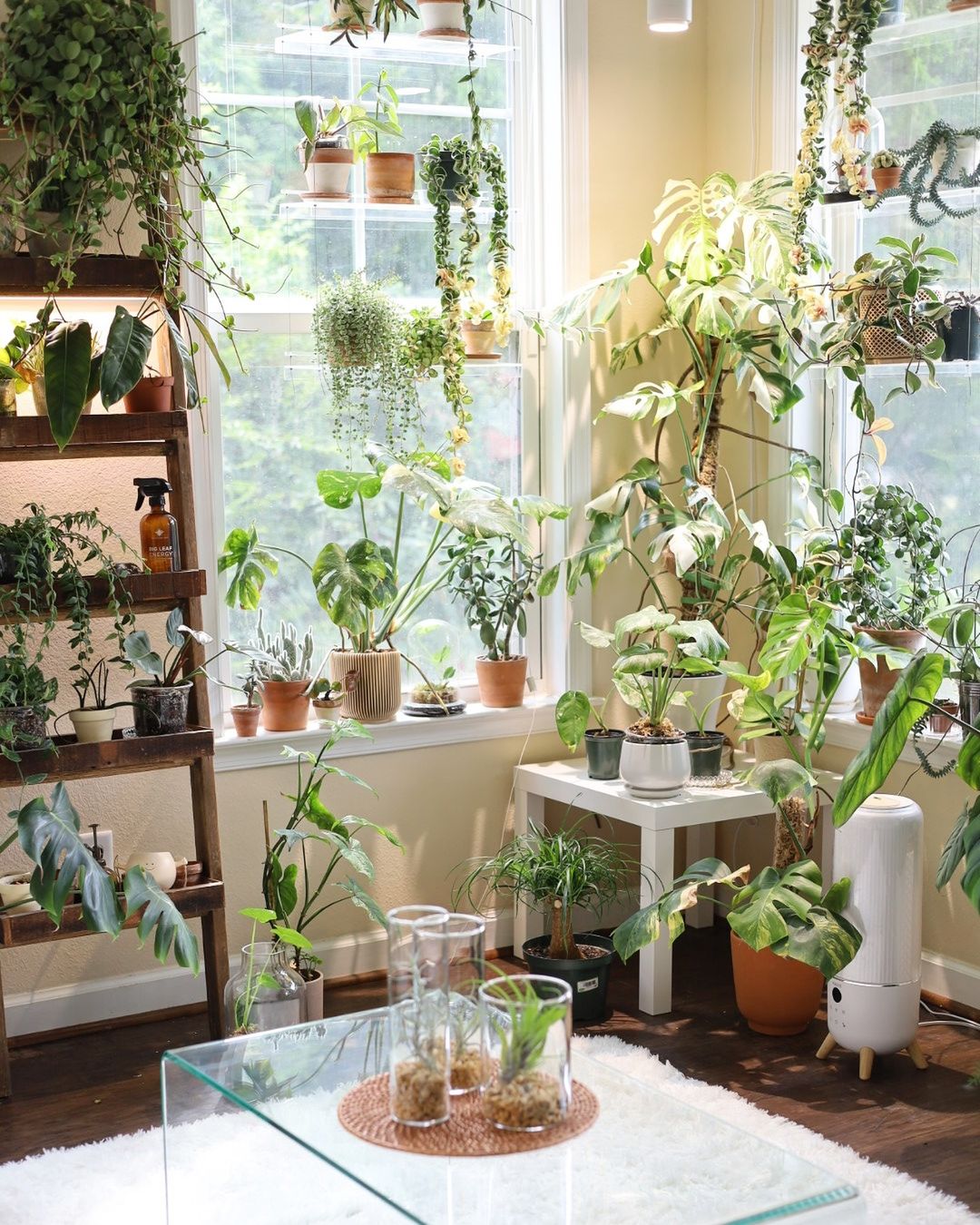
Plants thrive in a humid environment, keeping them hydrated and healthy. Houseplant from @ happy_little_houseplant
Some plants, especially tropical ones, thrive in higher humidity levels. If you’ve got plants like ferns, orchids, or peace lilies, adding some extra moisture to the air can work wonders. You can do this by misting their leaves with water or placing the pot on a shallow tray filled with pebbles and water. As the water evaporates from the tray, it increases the humidity around the plant.
Another option is using a humidifier, especially during the drier months of winter when indoor air tends to get pretty dry. A little extra humidity can help keep the leaves lush and green.
7. Drainage Holes Matter More Than You Think
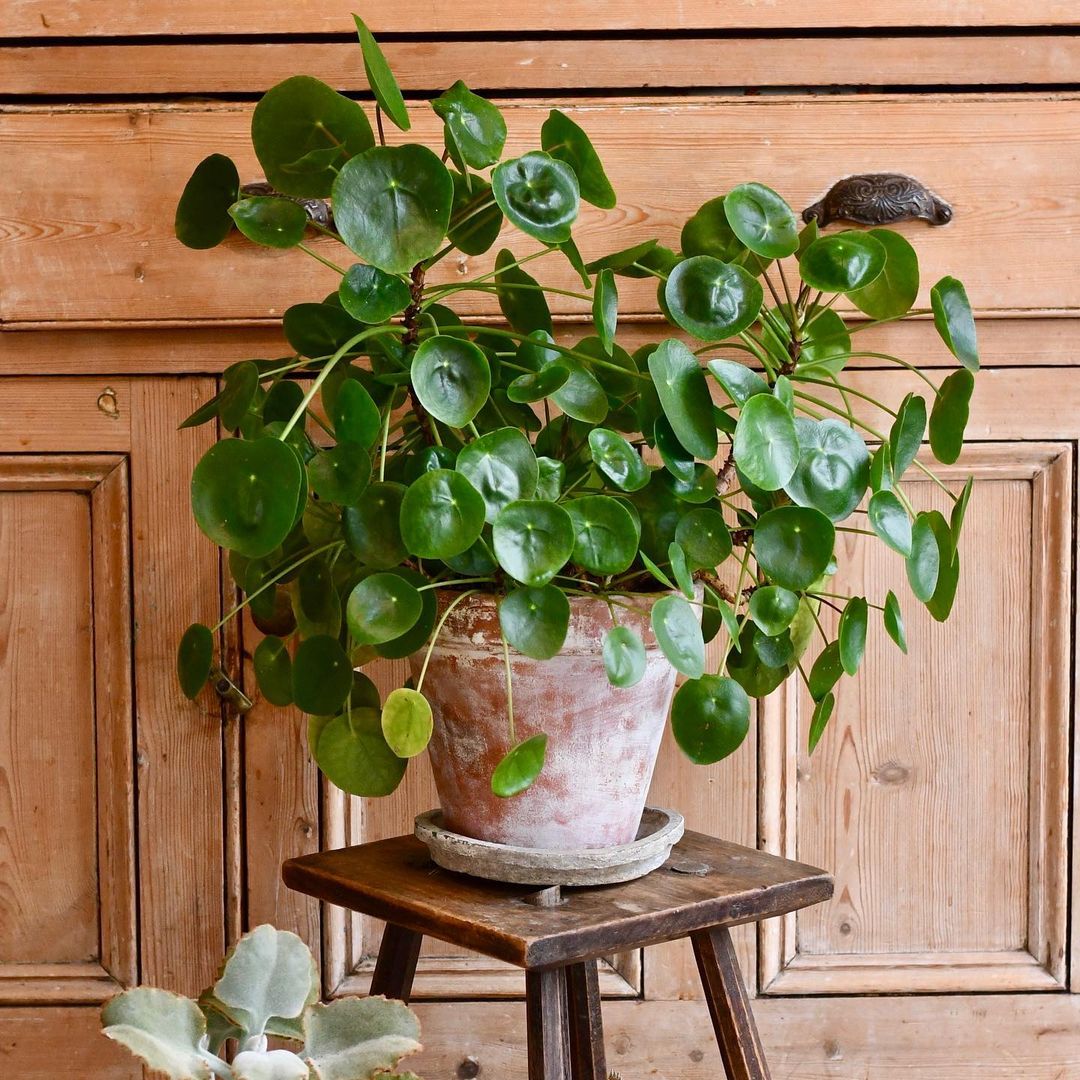
Proper drainage holes are crucial—they prevent water buildup and keep your plants’ roots healthy. Pilea peperomiodes from @ happy_houseplants
Ever noticed that most plant pots have holes at the bottom? These drainage holes are essential for keeping your plants healthy. They allow excess water to escape so that your plant’s roots aren’t sitting in soggy soil. When water can’t escape, it builds up at the bottom of the pot, creating a swampy environment that’s perfect for root rot.
If your plant pot doesn’t have drainage holes, don’t panic—there’s a workaround. You can either drill holes into the bottom of the pot yourself or place the plant in a plastic pot with drainage holes and then set that pot inside a decorative planter. That way, you get the aesthetic appeal of your cute pot, but your plant still has proper drainage.
If you keep all of these tips in mind, your plants will stay happy, healthy, and looking their best. Now go forth and water like a pro! Your leafy companions will thank you for it.
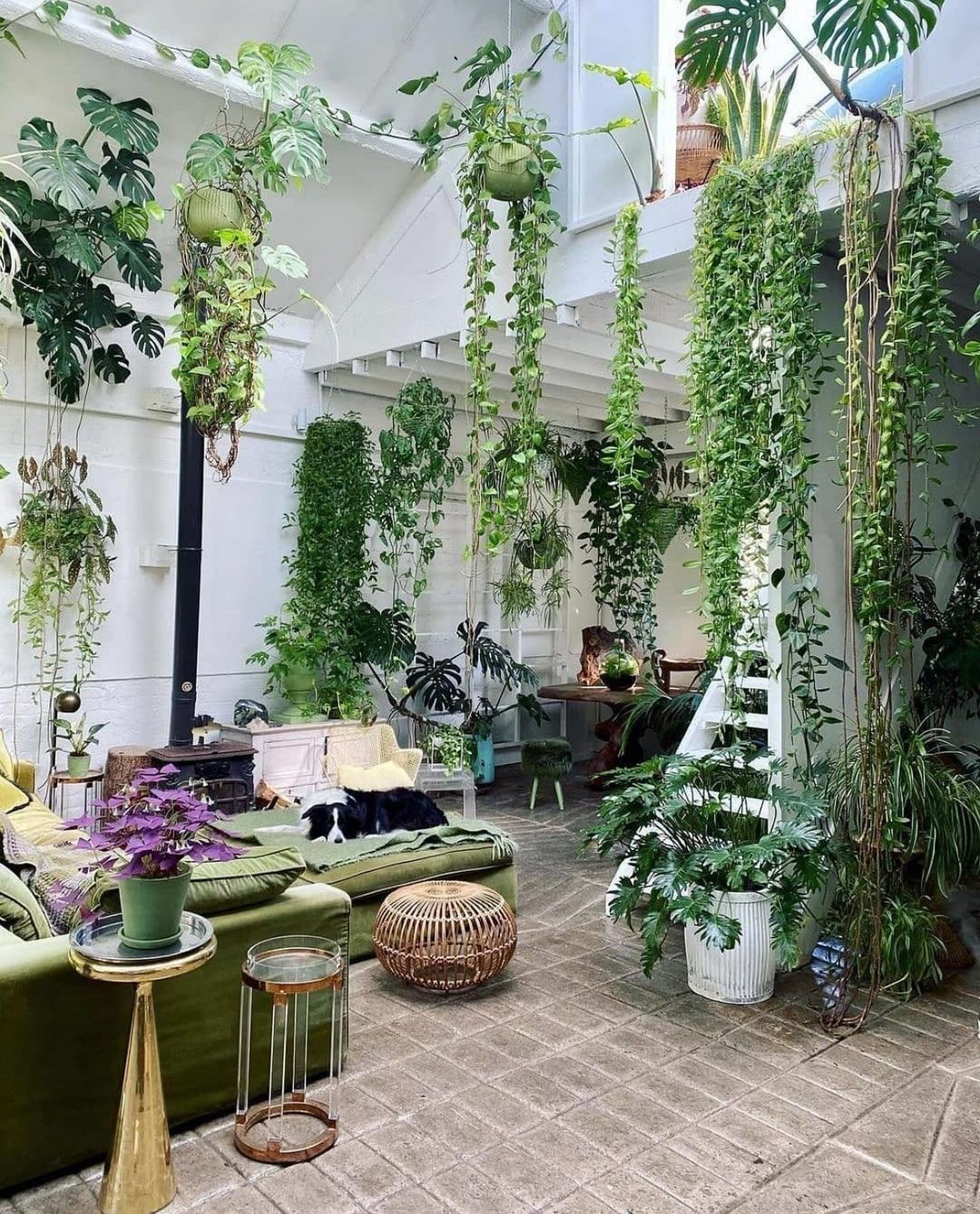
Watering indoor plants isn’t as daunting as it seems once you get the hang of it! The key is to understand your plant’s specific needs and to check in with the soil regularly. Give them water when they need it but avoid overdoing it, and always make sure their pots have good drainage. Indoor greenery from @ houseplantplants




